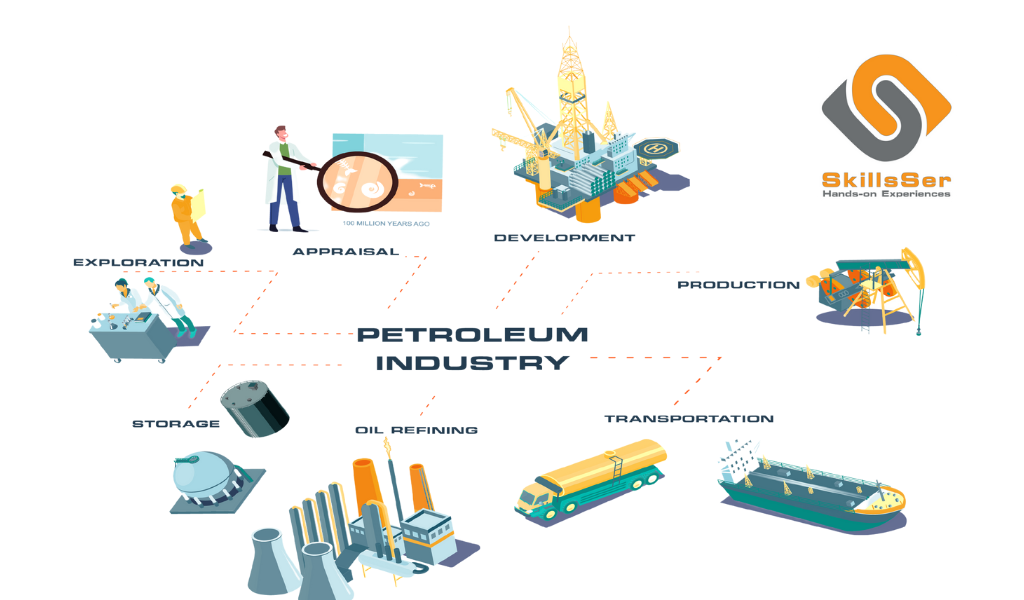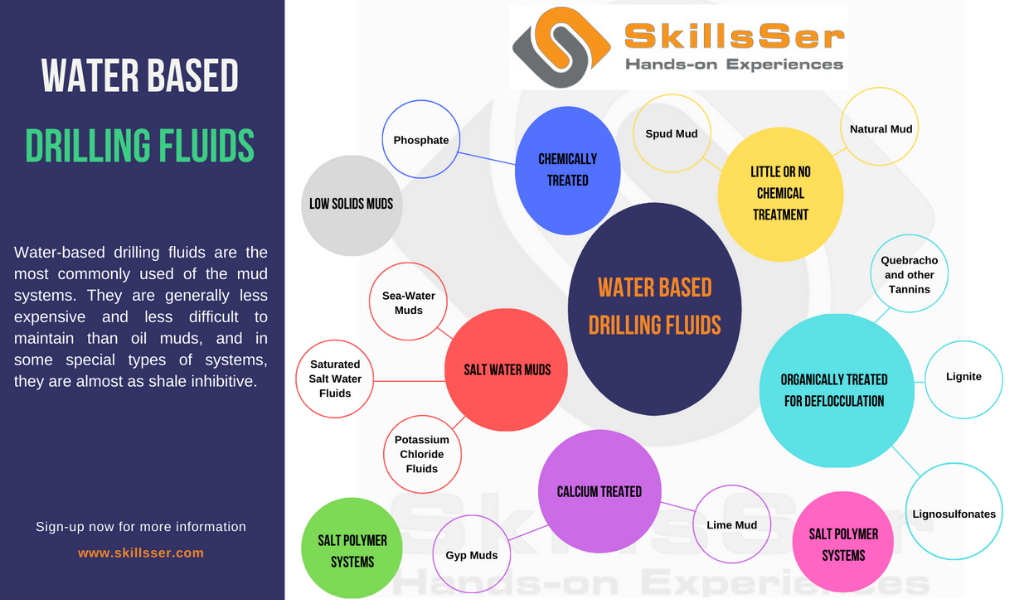First aid for bee stings. Treatments and precautions

Bee’s sting is not usually considered a big deal that requests medical care. People may develop some mild symptoms such as swelling, itching, redness, and warmth with no severe risks.
However, it is not always the same matter. It can be life-threatening especially for those who have been stung multiple times.
First aid for bee stings
In case of being stung by a bee during a walk, calm down, do not panic, and follow these instructions;
- leave that place to prevent any potential bites. Honeybees die after stinging, other types like wasps and hornets do not die after stinging.
- Remove the sting by sliding your fingernail across it or using a credit card, rather than pulling at it. The longer the stinger stays in your skin, the more venom it will release.
- Try to clean that area with soap and water.
- Apply ice or cold compress to reduce the swelling and pain.
- Take over-the-counter pain relievers as acetaminophen to alleviate the pain that occurs after stings.
Bees sting emergency cases

It is a must to pay attention to anyone who has been stung especially in the case of a child. They might have allergic reactions to the bee stings.
So if breathing difficulty, nausea, hives, dizziness, or swelling in other body parts, they are an alert to anaphylactic shock hazards.
In these cases, call your local emergency services.
You should also seek a doctor’s help if you’ve been stung multiple times or if If you used your EpiPen in response to the sting.
Precautions to avoid insects bites
To prevent stings from bees, wasps, yellow jackets, and hornets:
- Avoid wearing bright-colored clothing with flowery prints.
- Do not disturb
- Keep your windows closed during driving.
- Don’t drink from open soda cans.
- Don’t wear sweet-smelling perfume, hair products, or body products as bees will investigate a human if you resemble a flower.
- If caught in or near a swarm of bees, move away with slow movements.
Resources
Bees sting treatment
How to avoid bees?
Bee’s stings
Written by Dr/ Naglaa Moustafa












